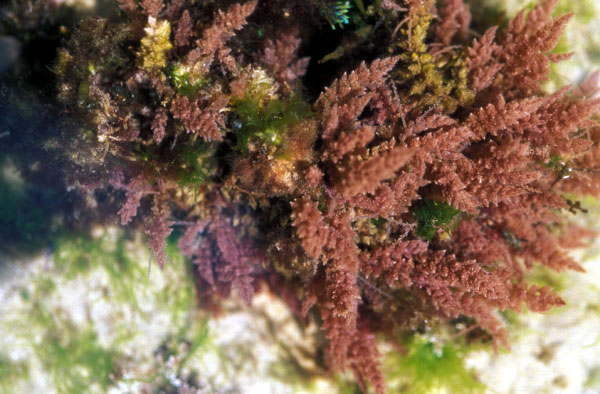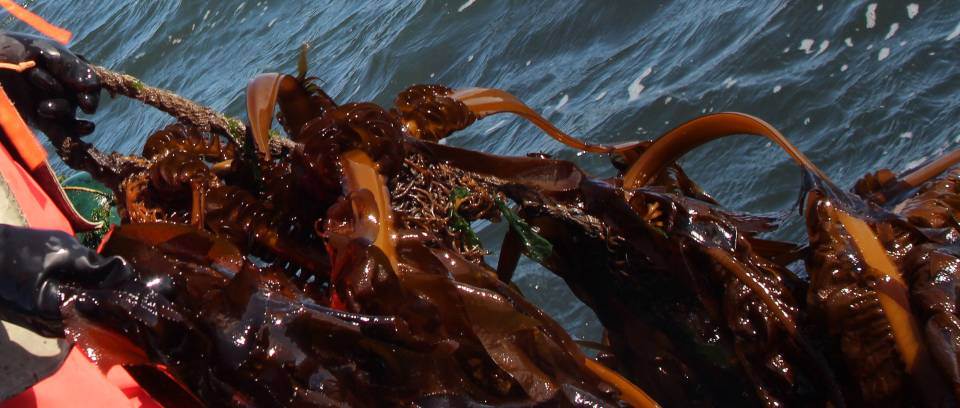Molecular biotechnology of marine algae is referred to as the biotechnology on the identification, modification, production and utilization of marine algal molecules. It involves not only the manipulation of macromolecules such as DNA, RNA and proteins, but also deals with low molecular weight compounds such as secondary metabolites.
In the last decade, molecular systematic researches to investigate the relationship and to examine the evolutionary divergence among Chinese marine algae have been carried out by Chinese scientists. For example, RAPD has been widely used in several laboratories to elucidate genetic variations of the reds, such as Porphyra, Gracilaria, Grateloupia and the greens such as VIva and Enteromorpha. Some important data have been obtained. The study on molecular genetic markers for strain improvement is now in progress.
In 1990s, genetic engineering of economic seaweeds such as Laminaria, Vndaria, Porphyra, Gracilaria and Grateloupia has been studied in China. For Laminariajaponica, the successfully cultivated kelp in China, a model transformation system has been set up based on the application of plant genetic techniques and knowledge of the algal life history. Progress has been made recently in incorporating a vaccine gene into kelp genome. Evidence has been provided showing the expression of gene products as detectable vaccines.
In the present paper, the progress of molecular biotechnological studies of marine algae in China, especially researches on elucidating and manipulating nucleic acids of marine algae, are reviewed.





